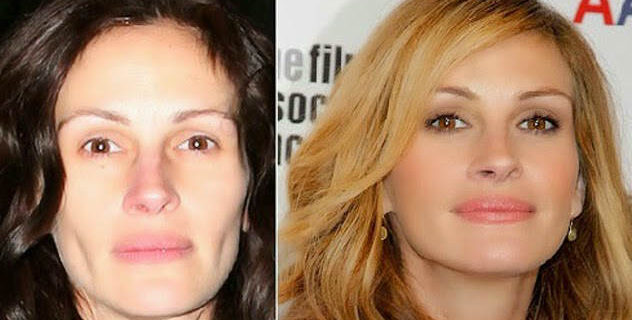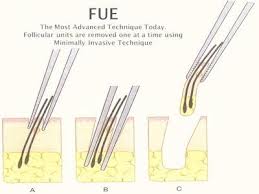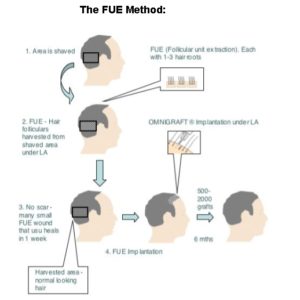Types Of Plastic & Reconstructive Hand Wrist Surgery
Life can become very difficult when you start feeling pain or weakness in your hands. Even simple things like picking a cup of coffee will turn out to be incredibly stressful. And though physical therapy can deal with some minor issues, you may need to do hand surgery in case the condition is very severe. The more you delay surgery, the more you risk deteriorating the condition further. Below, we look at four common types of plastic & reconstructive surgery.
Dupuytren’s Contracture Surgery
Dupuytren’s contracture is characterized by excessive growth of tissue on the palm and fingers of your hand. Though it may be painless, your fingers will tend to curl back into the palm. Only through surgery that removes the tissue will you be able to prevent the fingers from curling. In about four or five weeks after the surgery, the fingers will have healed. However, you likely won’t be able to make a fist for about 3 months. The swelling will stop by the 5th month and you should be able to move your hands normally.
Nerve Repair Surgery
Any damage to the ulnar, radial, or median nerve on your hand can make it very difficult to move your hands as usual. Fortunately, some of these injuries can heal on their own. But if any nerve is severed, reconstructive surgery may be required.
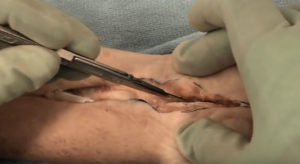
Either the severed end has to be attached back to its original position or a nerve graft has to be done to repair the injuries. You should do a full recovery in about three months max. It is likely that you will get a tingly, unpleasant feeling from the region together with a sensation of an electrical shock during the recovery period.
Carpal Tunnel Surgery
Carpal tunnel syndrome occurs in people who put too much pressure on the median nerves under the wrist. The condition mostly affects people who work in jobs that require them to strongly grip an object for extended periods of time. A person suffering from the syndrome will feel numbness in the fingers. A carpal tunnel surgery can resolve the issue by splitting the tunnel.
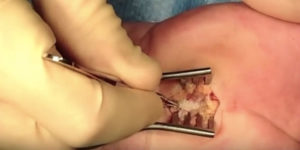
For about a week or two after surgery, your wrist will be heavily bandaged. You may have to take oral medication to control the pain. Plus, the operated hand will have to be kept in an elevated condition during sleep to avoid too much swelling.
Joint Replacement Surgery
If you suffer from severe arthritis on the hand, then a joint replacement surgery will be required. Also known as arthroplasty, the procedure will replace the affected joint with an artificial joint made from metal or silicone rubber.
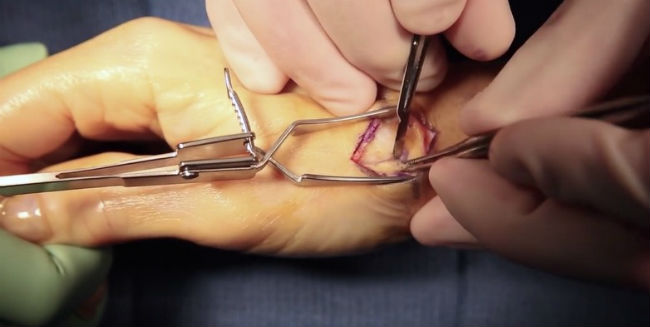
And in some cases, the person’s body tissue itself may be used to create the new joint. You will need to see a therapist for a few months post the surgery for some hand therapy so as to deal with the pain and to avoid stiffness. In case you see any redness or swelling in the region, get in touch with your doctor immediately.
The extent of the hand surgery you require will depend on the pain you feel, the range of movements you can and cannot make, and the overall weakness you feel in the hands. A good orthopedic hand surgeon should be able to assess your situation and create a personalized treatment and recovery schedule so that you get your hands back to a normal working condition very soon.

